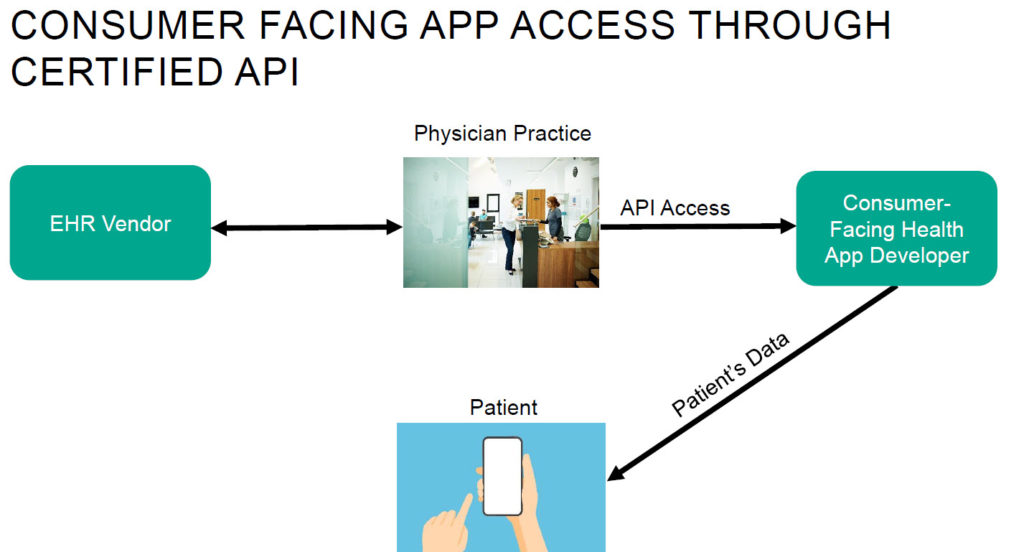For most healthcare and life sciences companies, investment in and deployment of AI technology is expected to be a critical strategic component for the foreseeable future. Effective, ongoing governance oversight of AI will be a critical organizational concern for companies, and the governance framework itself must reflect and be able to accommodate the highly dynamic nature of AI. Establishing a framework for board decision making and oversight at the earliest possible stage of an organization’s development and implementation of its AI strategy will contribute significantly to the board’s ability to fulfill its fiduciary responsibilities and thereby enhance the AI initiatives’ trustworthiness and prospects for success.
Click here to read the full article.
Originally published in the June 2021 issue of Health Law Connections, produced by the American Health Law Association.
read more

 Subscribe
Subscribe



